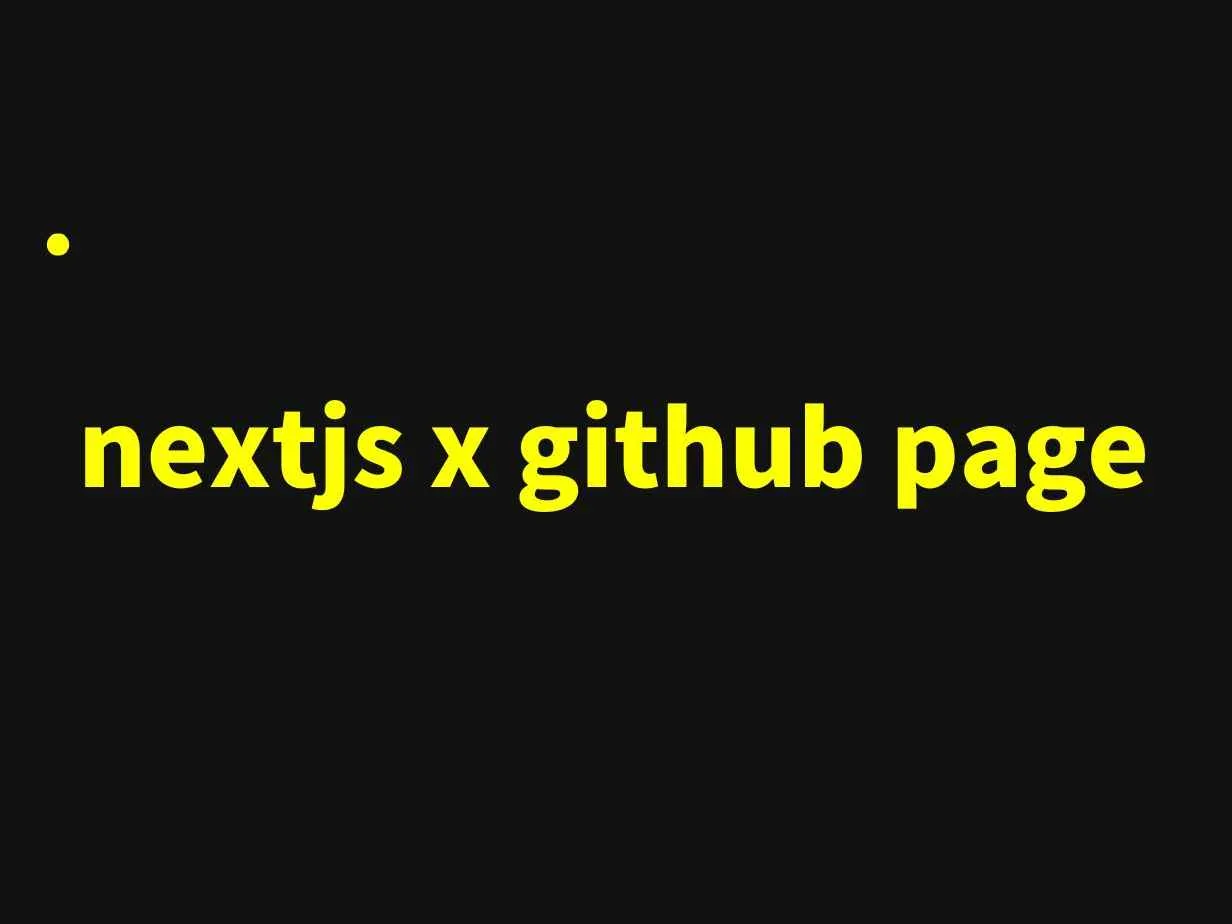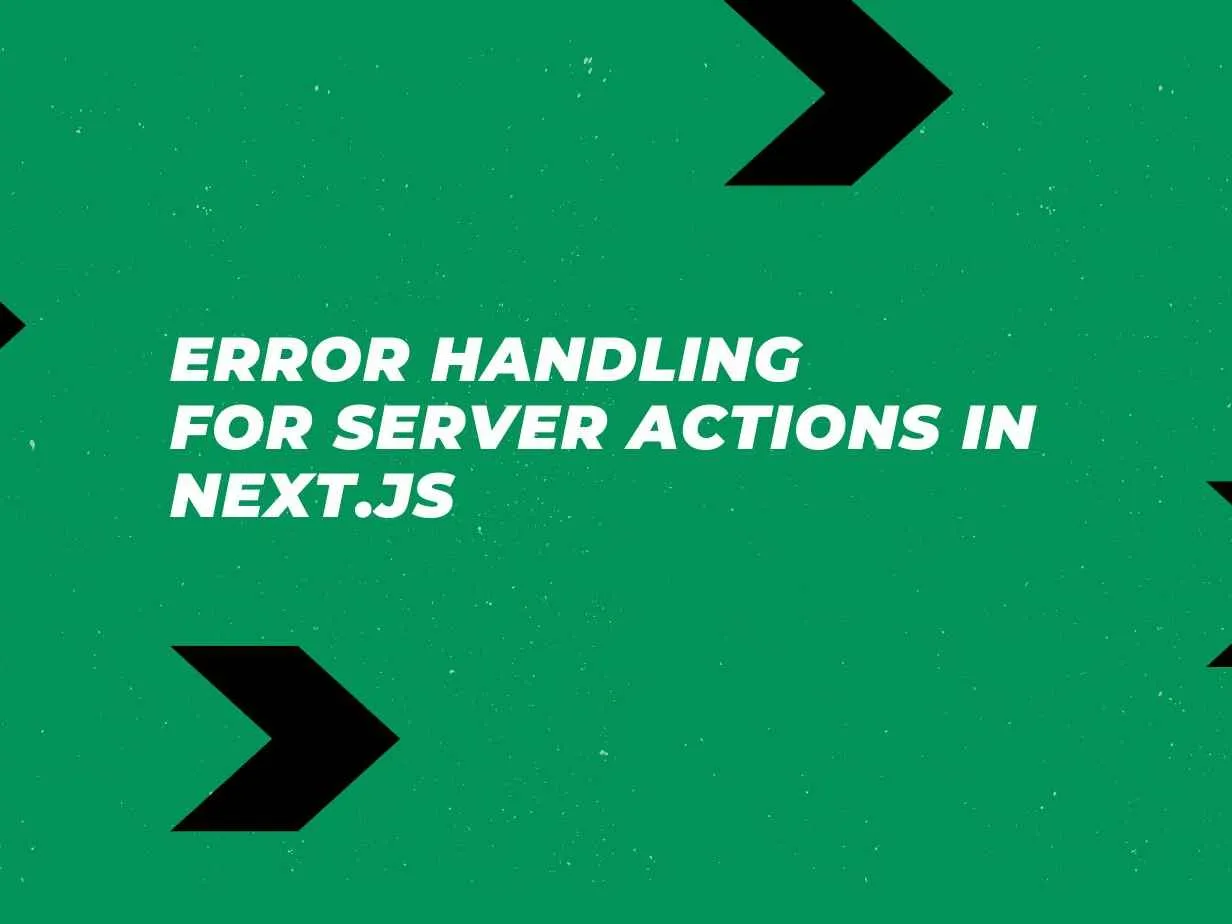In a NextJS 14.0.3 application integrated with TypeScript and an App router, along with a separate Django Rest Framework backend API, ensuring consistent error handling for both client-side and server-side errors is crucial. However, there are several challenges that developers often encounter, especially when dealing with production-mode obfuscated error messages.
In production mode, when an error occurs in a server component, it's difficult to obtain valuable debugging information from the error prompt due to NextJS's obfuscation of error messages.
// app/page.tsximport { ReactNode } from "react";async function fetchData(): Promise<any> { // Simulate an asynchronous request that might fail, such as a network request failure const res = await fetch("https://nonexistent-url.com/api/data"); if (!res.ok) { throw new Error("Network request failed"); } return res.json();}export default async function Page(): Promise<ReactNode> { try { const data = await fetchData(); return <div>{JSON.stringify(data)}</div>; } catch (error) { // In production mode, error.message here may be obfuscated, making it hard to determine the specific cause of the error return <div>An error occurred: {error.message}</div>; }}The Problem
NextJS obfuscates error messages in production, which can make it difficult to provide consistent user feedback. Additionally, extending the Error class for custom errors might not be a straightforward option, and developers are in search of a cleaner way to handle purposely thrown errors in server components intercepted by error boundaries. Another pain point is setting status codes without throwing exceptions and logging unhandled exceptions on the server side.
Current Limitations
The lack of comprehensive official information makes it hard to navigate error handling in NextJS. Existing solutions also come with their own set of limitations. For example, some approaches might not allow for easy use of custom error classes or control over error-handling behavior.
Solutions
1. Refer to the Updated Error Handling Docs
The first step is to consult the official error handling documentation at https://rc.nextjs.org/docs/app/building-your-application/routing/error-handling. This resource provides valuable insights into the recommended practices for handling errors in NextJS applications. It can serve as a foundation for building a more robust error-handling mechanism.
2. Use Sentry for Enhanced Error Information
Sentry can be a powerful tool in this scenario. By listening for errors in server components and server actions as described in https://docs.sentry.io/platforms/javascript/guides/nextjs/manual-setup/#report-react-component-render-errors, developers can gain better access to error information. Sentry allows for detailed error tracking, which can be extremely useful in debugging and improving the overall stability of the application.
3. Control Display and Information Passed to the Client
For caught errors, using useFormState or useActionState can be an effective way to control what the application displays and the information passed to the client. This gives developers more flexibility in shaping the user experience during error situations.
4. Create a Wrap Function for Custom Errors
A useful approach is to create a wrap function like renderAsyncOrError to handle custom errors in page.tsx and layout.tsx. This function can be designed to gracefully handle different types of errors and provide appropriate feedback. For example:
import { ReactNode } from "react";async function renderAsyncOrError(asyncFunction: () => Promise<ReactNode>): Promise<ReactNode> { try { return await asyncFunction(); } catch (error) { // Here you can handle the error, log it, and return a fallback UI console.error("Error rendering component:", error); return <div>An error occurred while loading the content.</div>; }}export default renderAsyncOrError;5. Implement a Server Component Error Boundary
Developing a serverComponentErrorBoundary function can be key to handling errors in server components. This function can adapt UI fallbacks for different cases, ensuring a consistent and user-friendly experience. Here's a basic example of how it could be structured:
import { ReactNode } from "react";function serverComponentErrorBoundary(error: unknown, fallback: ReactNode): ReactNode { // Log the error on the server side console.error("Server component error:", error); return fallback;}export default serverComponentErrorBoundary;By implementing these strategies, developers can overcome the challenges associated with error handling in NextJS production mode, providing a more reliable and user-friendly application experience. This combination of official guidance, third-party tools, and custom functions can help create a comprehensive error-handling framework that addresses the specific needs of the application.



